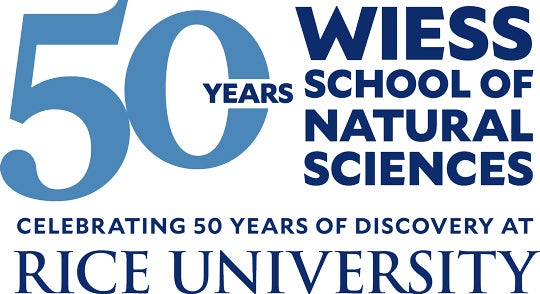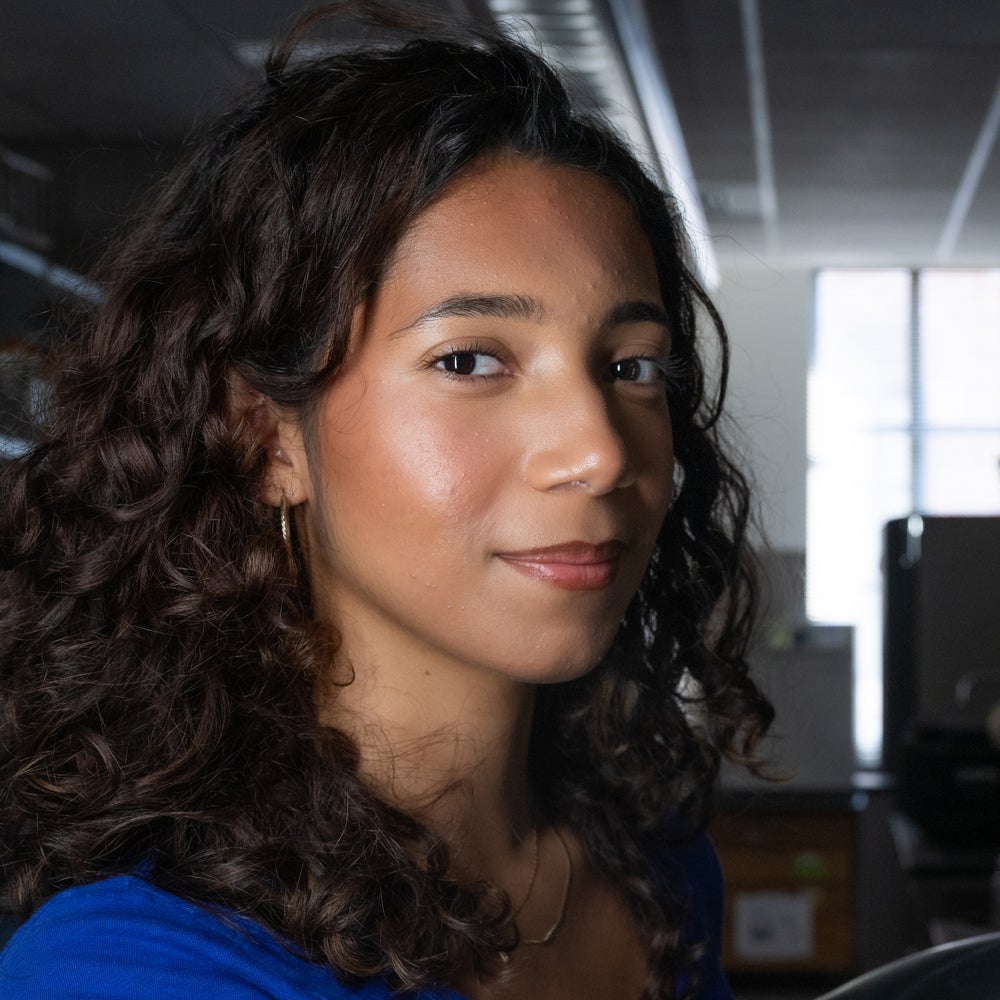
When Sofia Gomez arrived at Rice, she thought she had her path figured out. A bioengineering major on the pre-med track seemed like “the good path to take.” Within a year, however, classes and hands-on research opened her eyes to a different future, one where her passion for discovery could lead to a career in research. “Through my classes and discovering new things here, I realized I wanted to do research,” she said.
A Questbridge scholar from Atlanta, Sofia chose Rice over Georgia Tech for its smaller size and strong sense of community. Once on campus, she discovered that the biosciences major, particularly its cell biology and genetics concentration, fit her interests better than bioengineering. She developed a strong interest in computational biology through courses like Computational Thinking and the use of statistical analysis in Evolution. And the passion of faculty members in the Biosciences Department helped her see how research could have a broader impact.
That realization motivated Sofia to join Joff Silberg’s lab during her sophomore year. With no prior lab experience, she learned the basics, from pipetting to more advanced techniques, under the mentorship of postdoc Albert Truong. “I didn’t have any biolab experience before joining Joff’s group,” she recalled. Over time, she gained enough independence to manage her own project, turning to Albert and Joff mainly for questions and advice.
Sofia’s work focuses on a protein wire called MtrA, which helps shuttle electrons from inside a cell to the outside as part of a larger complex. To study how MtrA functions, Sofia uses molecular cloning to create modified versions of the protein. She then monitors MtrA electron transfer by monitoring color changes arising from iron ion reduction outside the cell. By monitoring this color change, she can see how changes to MtrA affect its ability to transport electrons across the insulating membrane. If a mutation disrupts electron transport, the reporter’s activity shifts. “What we have found is that the mutations I’ve made affect the heme groups towards the C-terminus end and break the functionality of MtrA,” she explained.

The studies support the lab’s broader goal of designing two-stage biosensors. The idea is to combine MtrA’s electron transfer with another protein that binds a specific chemical of interest to create a protein switch that only generates an electrical signal when it interacts with the chemical. While the system is still in the research phase, understanding the mechanisms could inform applications ranging from environmental monitoring to health-related studies.

For Sofia, connecting molecular mechanisms to real-world problems has been especially motivating. “I’m hoping to work with more data in the lab,” she said. “I’m interested in bioinformatics and problems with applications in human health.”
This past summer, Sofia participated in Rice’s Summer Undergraduate Research Fellowship (SURF) program, completing a major stage of her project and presenting her findings in a poster session. “Presenting my poster was a big accomplishment for me,” she said. It marked a turning point, showcasing her growth from a new learner to a developing researcher who could contribute to the group’s broader goals.
Now a junior, Sofia is continuing to refine her project and expanding her computational skills through a data science minor. “I thought I would be interested in research before coming to Rice, but I really didn’t know what that looked like,” she said. “Now I have a better picture.” The student who once had “no biolab experience” has gone from learning the basics to presenting research and envisioning a future Ph.D.

